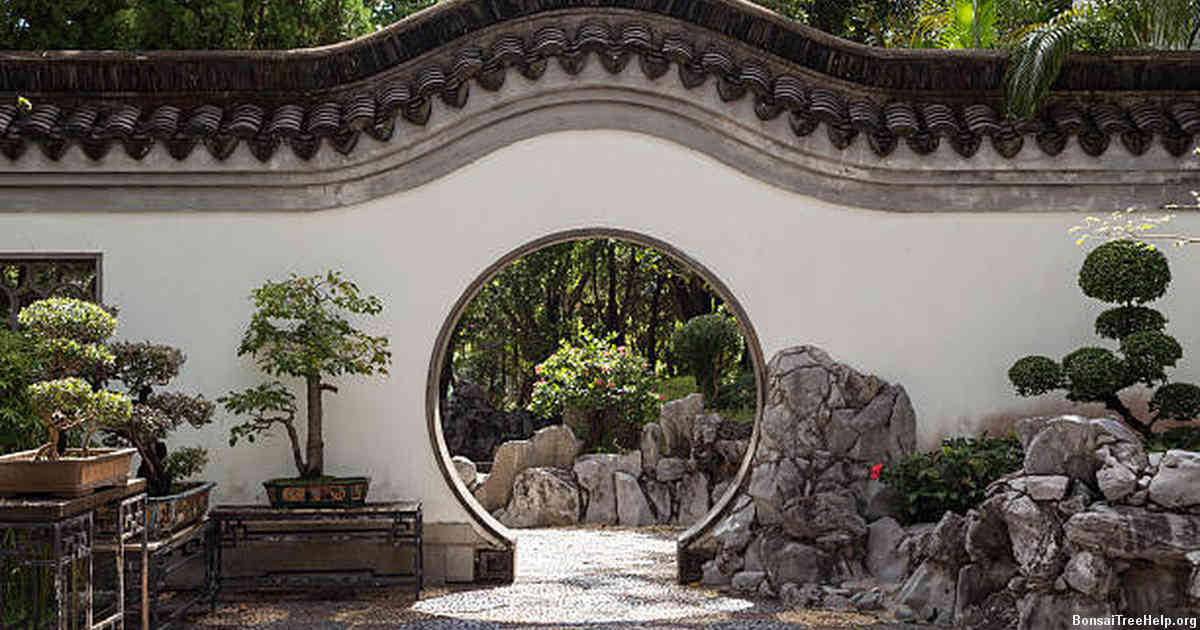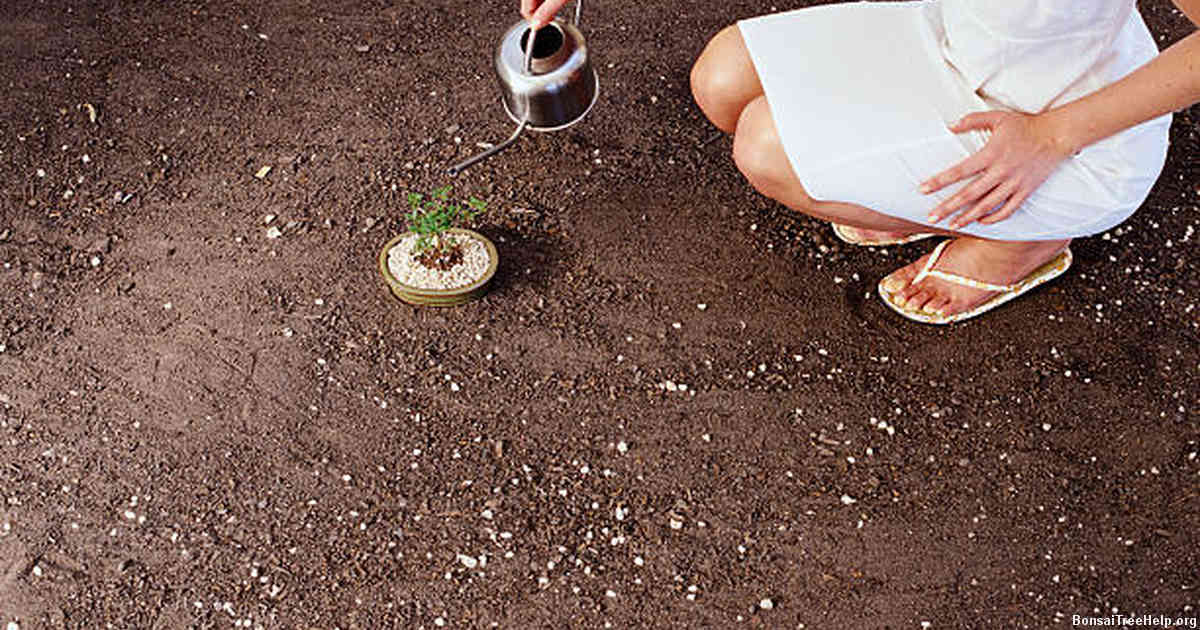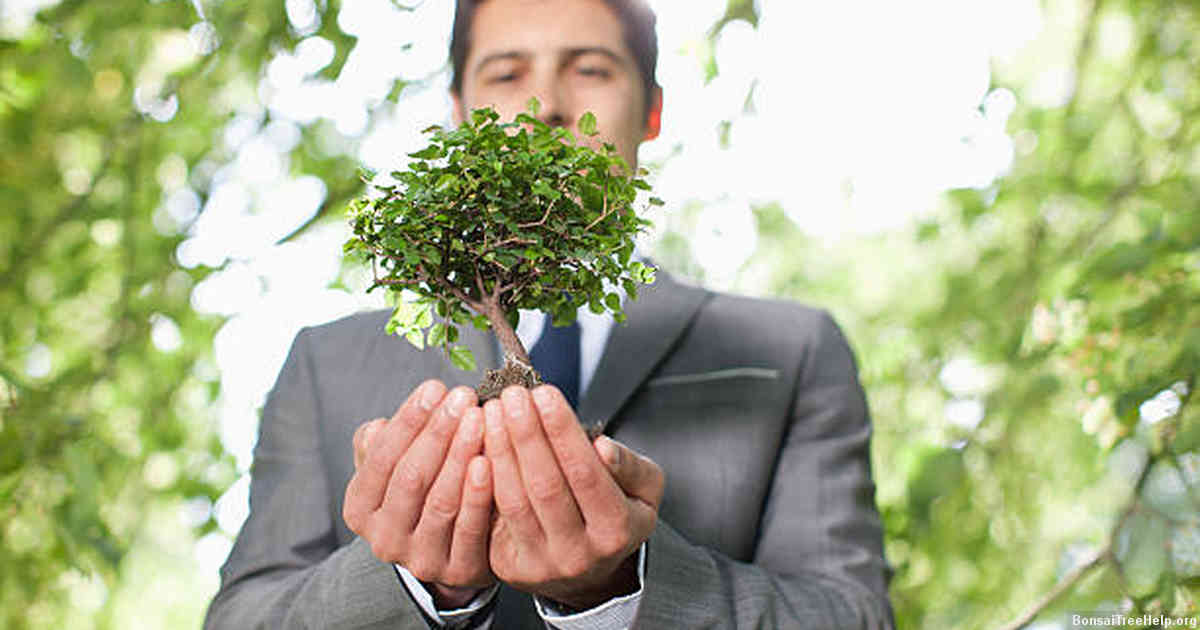
Due to the sensitive nature of gardenia bonsai, many factors can cause it to die. These include over – or under-watering, incorrect light levels, inadequate temperatures and soil conditions, pests or diseases, and improper pruning.
Contents:
- Signs of gardenia bonsai distress
- Overwatering as a potential cause
- Inadequate light or environmental factors impacting growth
- Common pests and diseases affecting gardenia bonsai
- Nutrient deficiencies as a factor in the plant’s decline
- Proper pruning and upkeep to prevent future issues
- Seeking professional help for diagnosing and addressing ongoing problems
If you have recently changed the location of your plant, it may be too cold or too hot for its needs. Alternatively, waterlogging due to overwatering can create conditions favorable for root rot. To check if this is happening: open up the potting mix and inspect the roots; they should be white in color with no dark spots or mushy texture. If soil pH is not properly balanced within a range between 5 and 6.5 then it will inhibit nutrient uptake as well as interfere with microbial activity in the potting mix essential for healthy plant growth. Any kind of pest infestation like aphids or scale insects can harm your plant’s health leading to declining vigor and death in extreme cases.
Improper pruning practices such as harsh shaping cuts can lead to an imbalance between top growth and roots resulting in decreased stability which leads to decline in health ultimately causing death. Taking these factors into account could help identify what has been causing your gardenia bonsai’s decline – monitoring changes carefully is key when keeping plants alive.
Signs of gardenia bonsai distress

One of the most reliable indicators of a gardenia bonsai in distress is discoloration. The leaves may start to yellow or become patchy or mottled, which are both signs that something is wrong with the health of your tree. If these symptoms persist, then it could be indicative of an issue such as too much fertilizer, not enough light, or overwatering.
In some cases, fungal issues can also cause drooping and wilting of the foliage and buds. Blights can lead to extensive damage if not caught in time, so watch out for small black spots on your leaves as this could signal a problem developing beneath the surface. Regular pruning will help keep any potential blights at bay by removing diseased branches early on before they have time to spread through the rest of the tree.
Browning edges and stunted growth are symptoms that can indicate poor soil fertility or excessively alkaline soil pH levels which makes it harder for nutrients to reach the plant roots properly leading to nutrient deficiency over time. Test your soil regularly and add amendments when necessary such as composted organic matter or lime if needed in order to correct any unbalanced acidity levels and nourish your bonsai adequately.
Overwatering as a potential cause

Many people struggle to understand why their gardenia bonsai is dying, and overwatering can be a potential issue. Even though this type of tree loves moisture, its delicate roots are prone to rotting when exposed to too much water for extended periods of time. Excess water prevents the absorption of oxygen from reaching the roots, which can cause irreparable damage if left untreated.
In order to properly maintain your gardenia bonsai’s health, it is essential that you know how much and how often should you water it. Generally speaking, you should only provide enough water so that the soil remains lightly moist but not saturated at all times – about once every 10 days for most climates is usually fine during periods without rain. To ensure proper watering without risking root rot, use pots with drainage holes and always keep an eye out for signs of overwatering such as soggy soil or yellowed leaves.
Avoid using hard tap water which may contain high levels of salts and other minerals that could further contribute to root rot when combined with over-watering; instead opt for distilled or filtered water whenever possible. Although some gardeners make use of humidity trays to increase the amount of moisture around the plant surface area in order to aid flower production, excess amounts should generally be avoided as they can also lead to long-term issues resulting in poor health or even death due illness caused by dampness within the soil or air surrounding the tree itself.
Inadequate light or environmental factors impacting growth

Incorrect light and environmental conditions can cause an array of issues for a gardenia bonsai, resulting in its decline. With the majority of species preferring bright indirect sunlight, direct exposure to intense rays can quickly damage leaves and harm growth. Low humidity combined with regular fluctuations in temperature will further affect the bonsai’s ability to survive – if placed outside, it is best protected against hot winds or extreme weather by sheltering it indoors during these times.
Pruning mistakes are another common mistake when caring for a bonsai tree that can also lead to its demise. Heavy pruning may stunt the tree’s growth while incorrect cutting techniques such as pinching new shoots can hinder development, leaving branches bare and weak. Equally detrimental are over-fertilizing and repotting too often or not often enough which both will cause excessive stress on the plant’s root system.
Diseases like powdery mildew, botrytis blight and bacteria wilt may be other concerns when looking into why your gardenia bonsai is dying – infection spreads quickly through infected parts of the tree as well as being transferred via contaminated tools or soil. To prevent this, inspect your plants regularly and isolate them if needed before treating with fungicide sprays or insecticides depending on what pathogen you are trying to ward off.
Common pests and diseases affecting gardenia bonsai

Common pests and diseases can be a major factor in why your gardenia bonsai is not flourishing the way it should. Spider mites are a common pest that attack the leaves of your gardenia bonsai, often creating speckles on them or causing them to take on an unhealthy yellow hue. These mites may also leave webs near the stem and branches of your tree. The best remedy for spider mite infestations is to spray with neem oil or insecticidal soap as soon as you spot any signs of infestation.
Aphids, another common problem found in gardenias, suck plant sap from stems and leaves resulting in wilting of branches and foliage. To rid aphids from your gardenia, use horticultural oils or soaps specifically designed to control these insects. It’s recommended to apply multiple treatments over an extended period of time to ensure they have been fully eradicated.
Bacterial blight caused by Xanthomonas campestris affects both indoor and outdoor types of gardenia bonsais with wet weather contributing heavily to its spread around plants. Symptoms include leaf spots appearing that turn black with time, browning along margins, streaking or discoloration on petals and yellow halos forming around infected spots. Pruning out affected parts can help stop its spread although treatment may require copper-based sprays applied during dry periods between showers of rain depending on severity levels within the area affected by infection.
Nutrient deficiencies as a factor in the plant’s decline

Nutrient deficiencies can be one of the main causes of a gardenia bonsai declining. The health and longevity of these plants relies heavily on adequate nourishment. If certain elements are missing from the soil, it can start to show in yellowing leaves, sparse foliage, and stunted growth. Iron deficiency is one of the most common issues for gardenias grown as bonsais, though other trace minerals may also cause problems if not provided through fertilization.
Gardenias need ample amounts of phosphorus to thrive; without enough, root development will suffer and flowers may not form at all. Without essential nutrients like magnesium and calcium, buds may drop before they have time to open properly or show any coloration. Regular fertilizing with an appropriate blend that contains micronutrients is key to helping keep your plant healthy.
Having too much nitrogen in the soil can also lead to problems such as poor flowering and weak roots – so make sure you don’t overdo it. Test your soil’s acidity levels (gardenias prefer acidic) because alkaline environments tend to inhibit nutrient uptake by roots. Ultimately having healthy and abundant soil content should ensure that you give your bonsai the best chance for survival and growth!
Proper pruning and upkeep to prevent future issues

Proper pruning and upkeep are essential for a successful gardenia bonsai tree. Regular monitoring of the plant’s health is key to avoiding problems before they occur. One way to do this is by doing regular inspections, checking the leaves and branches for signs of disease or pests. Any dead or discolored foliage should be removed as soon as possible. Inspecting the roots periodically will help identify potential drainage issues that may require special attention.
Pruning also plays an important role in keeping your gardenia bonsai healthy and free from disease. The best time to trim the plant is during late winter when it is entering its dormant period. Begin by removing any weak branches or those that grow at unnatural angles; then start slowly shaping the tree with light pruning cuts until you reach a desired form or shape. Once finished, apply a thin layer of mulch around the base of the tree to protect its roots from cold weather and further improve soil quality.
It’s essential to provide enough water without drowning your gardenia bonsai in moisture levels too high for its needs. Aim to keep soil evenly moist but never soggy, watering deeply several times per week if necessary depending on outdoor temperatures and sunlight exposure levels received daily by your particular plant specimen. It can also be helpful to lightly mist foliage every few days during hot summer months; however use caution not overdo such an activity either as dampness left unchecked on leaves can encourage mold growth instead of boosting overall health benefits.
Seeking professional help for diagnosing and addressing ongoing problems

When growing a gardenia bonsai, it is crucial to identify and address any problems that could arise quickly. In fact, addressing issues as soon as they surface is key for preventing the bonsai from dying altogether. If the gardener does not have enough knowledge and experience to diagnose any issues on their own, seeking professional help can be one of the best solutions available.
Consulting a specialist with experience in gardening and especially growing bonsais may prove to be invaluable. They can provide an accurate diagnosis of the issue at hand as well as effective treatment methods or solutions. A professional may also suggest extra cautionary steps or give tips on how to better care for your gardenia so that it remains healthy over time.
When struggling with persistent problems concerning the growth of your gardenia bonsai tree, professionals should be consulted again since they might know what specific nutrients are necessary for its development or if there are any pests affecting its health that need tending to urgently. Seeking their assistance can minimize long-term damage drastically and significantly increase the chances of having a happy, healthy bonsai once more.
Leave a Reply